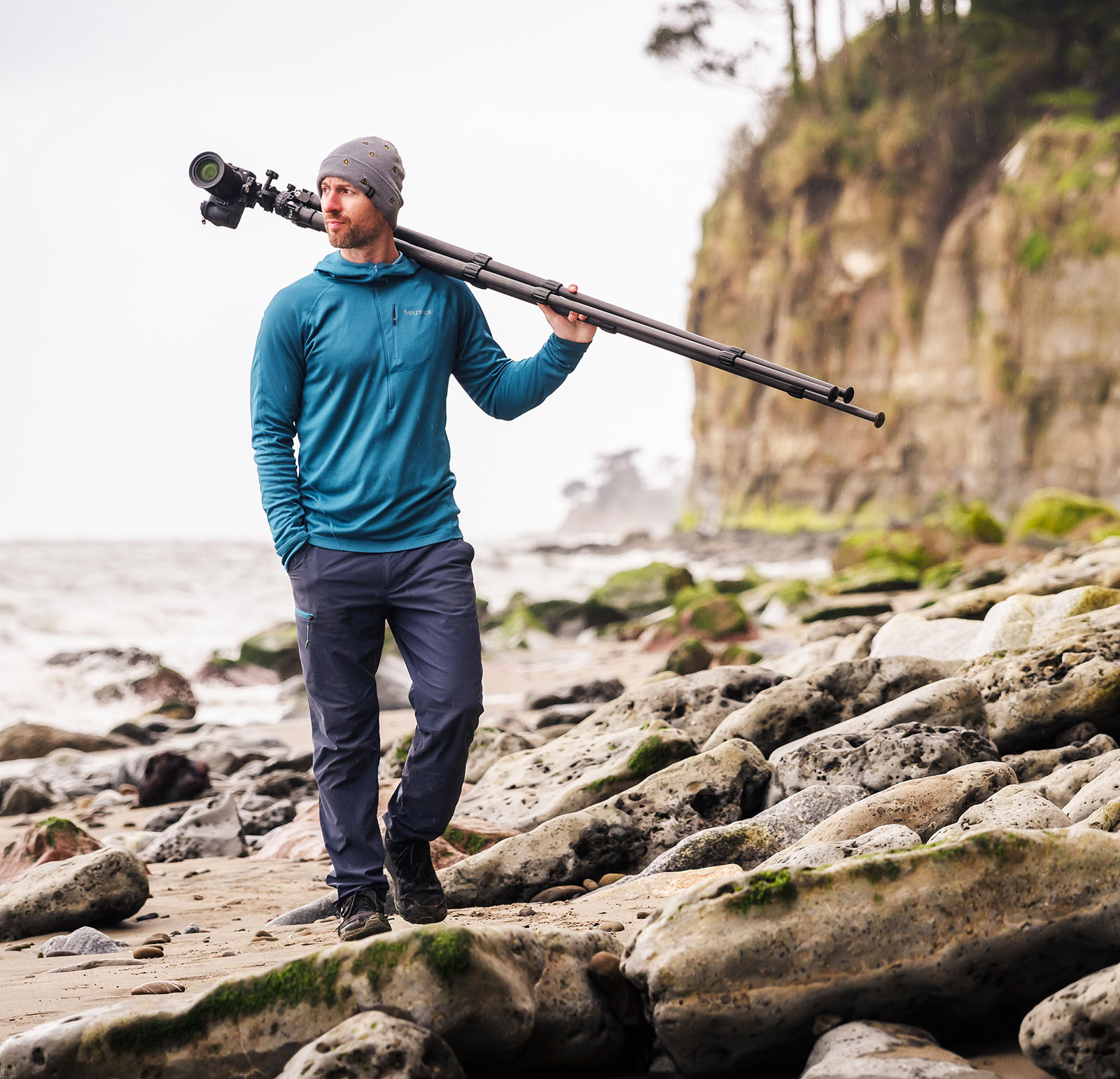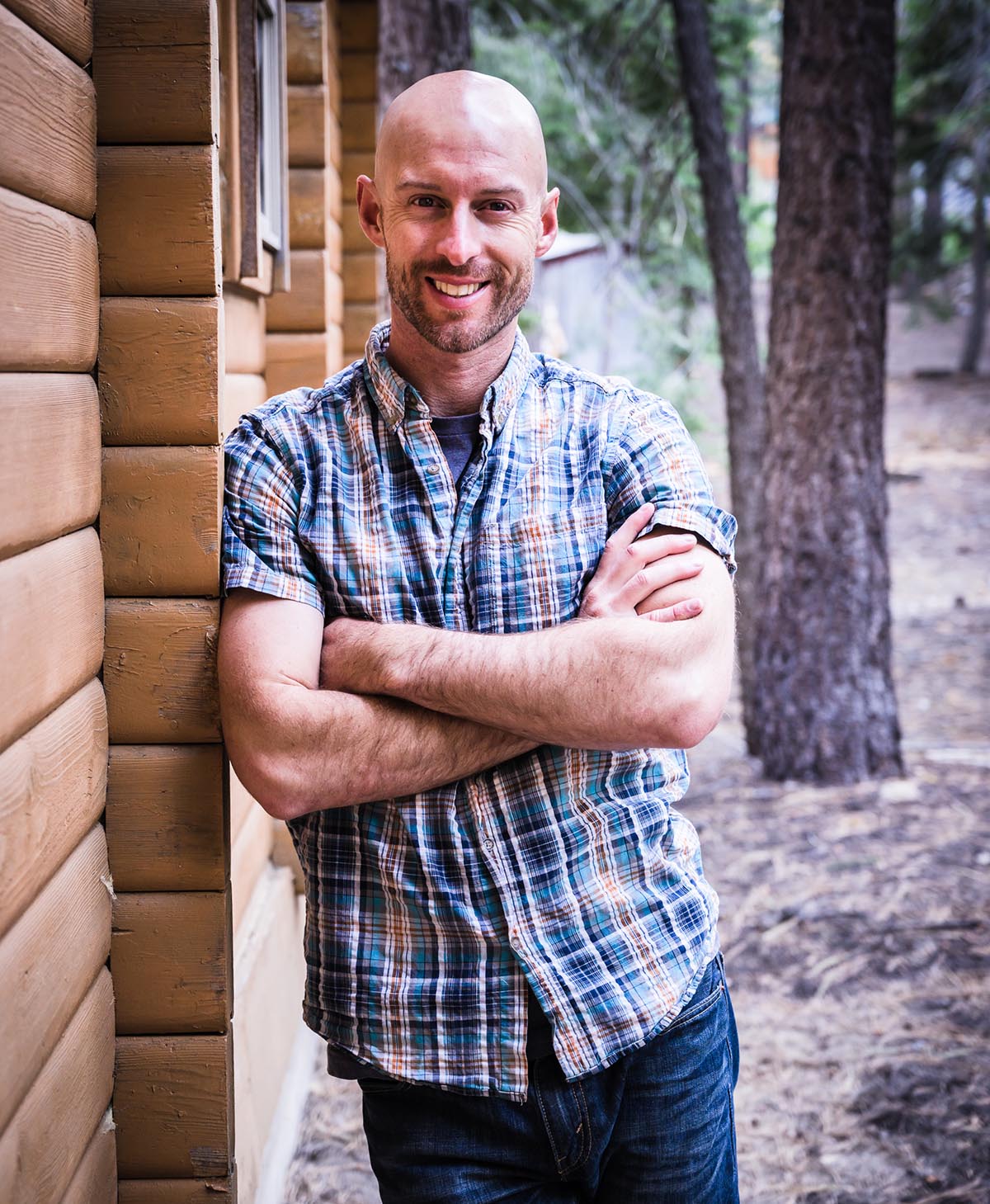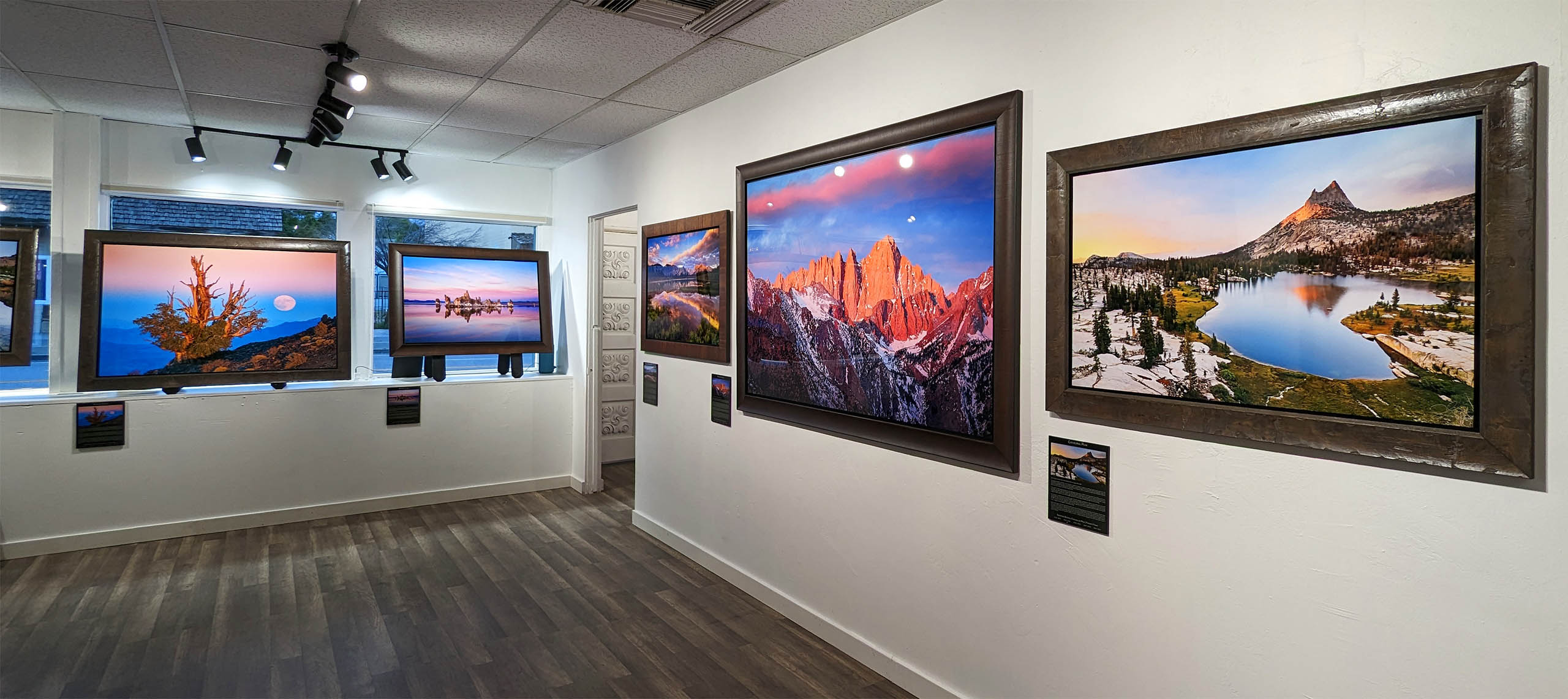It is a major challenge to be prescriptive with art, right? Whenever I’m teaching workshops and I get questions like, is this the best focal length to use or do I have the right shutter speed? Or is my horizon at the right level? The answer is almost always, it depends because unless I know exactly what you want to accomplish, I can’t unequivocally say, well, you should specifically do this and point your camera at that specific rock at this exact focal link with this exact shutter speed. There are so many subjective elements to art and to photography that it’s really hard to say, “this is the right answer and this is the wrong answer”. However, I can say that there are five things that every single landscape photo needs to do in order to be successful. And if you don’t do these five things, your photo isn’t going to work. So I’m going to tell you what those are and how to accomplish them.
With all of the different types of photos out there, you may be wondering what five things the best ones could possibly have in common. But the truth is it’s not about the specific settings they use or the kind of post-processing or even the time of day that they were shot. Instead, it’s about how the photographers approach the scene and how the photos they create accomplish very specific goals. So let’s get into it.
The best photos tell stories and landscape photography is no different. Even if that story is as simple as “I went to this place and it was really cool and beautiful and the things in this photo show you why I think that”. It can’t be just any story of a place, it has to be your story of a place; not what somebody else thinks is cool or what you think you should compose based on the latest outdoor photographer article you read, or what trends are popular on Instagram. The number one goal that your photo must accomplish is to convey your story, what you specifically notice about a place, what you see.
So how the crap do you do that?
Make your subject stand out! A good subject for a landscape photo is anything that catches your eye. That could be anything that you find interesting or beautiful or engaging about the scene that you’re in. Any time you catch yourself thinking, “hey, that’s pretty cool”, you have the potential for a good subject for your photograph. (NOTE: There is an exception to this, however, and that’s light and clouds. While beautiful, they often aren’t distinctive enough to stand alone as the entirety of the story of your photo.) It’s also critical that your subject is something that you care about and something that makes you feel an emotion–be it serenity or apprehension or joy. Because the more you care about your subject, the more you’ll really engage with and explore it, the more you’ll shoot it from all kinds of angles until you really find out what makes that subject tick. The more you do that, the more it’s going to draw your viewers in as well.
More than likely in any scene, there’s going to be a lot of interesting stuff that you’re drawn to. What you need to do is pick 2-4 of the most important physical things in the scene and then try to exclude everything else, because a photo that contains everything that’s in a scene in front of you says a lot without actually saying anything. Instead, you should strive to show your viewer what’s most important to you in any given scene. It’s okay to shoot many different photos to help tell a complete story of a place, but each individual photo should show what’s most special to you about that particular moment, that particular scene. Use your composition to show off the most interesting parts of your subject. (For a deeper dive into the importance of story, composition, and the way they interplay, watch this video.)
Artistic camera techniques, such as camera settings, the gear you use, and even timing when you press the shutter button, play an important role in capturing emotion and improving your photographs, as well. As an artist, what you’re striving for is to use your camera and your shooting technique to further show your viewer what’s important about the scene you’re photographing. For example, sometimes it makes more sense to underexpose or overexpose, as I demonstrate in the video above.
Finally, the last thing that you have to accomplish in order to have a successful landscape photograph is to use light. Just like composition and technique, the light in your photo has to enhance the story you’re trying to tell. In the video above, I mention that “epic” light might not necessarily be the best for your given goal. When photographing under different lighting conditions, you always have to be asking yourself what better conveys the things that you are seeing, feeling, and experiencing, and what you want your viewers to understand as well.
Be aware also of the dangers of holding too high of expectations and having too high of hopes for the “right light”. Fantasizing about getting a certain kind of light is going to lead you down a perilous path, one where you start setting up shots that don’t work because the light that’s present in the scene is telling a different story than the one you’re trying to tell with your camera. So be mindful of what exactly in the scene is pulling you in and captivating you and work with the light in front of you, not what you hope it will become.
So there you have it, those are the five things that your landscape photos must accomplish. Regardless of the style, the kind of scene that you’re shooting or the light that you’re shooting in, if you achieve those five goals, then I guarantee you’re going to be shooting some awesome, successful, personally expressive photos that you’ll love that.
For more examples and a bit of a deeper dive into these points, be sure to watch the video above. And if you’re interested in learning more about my approach to photography, follow this link to a free webinar of mine. If you enjoyed this article and video, you’re going to really enjoy the free webinar as well. Check it out!


Joshua Cripps is a renowned landscape photographer who has garnered worldwide acclaim for his breathtaking images of our planet’s wild places. His photos have been published by the likes of National Geographic, NASA, CNN, BBC, and Nikon Global.

The Mt. Whitney Gallery was founded in 2023 by Joshua Cripps as a way to share his passion stunning landscapes of the Sierra Nevada and beyond.
Set at the foot of the breathtaking Sierra with a view of the range’s highest peaks, the gallery features large format, museum-caliber fine art prints of Josh’s signature photographs.
Course Login | Results Disclaimer | Terms and Conditions | Privacy Policy
© Copyright – Joshua Cripps Photography
